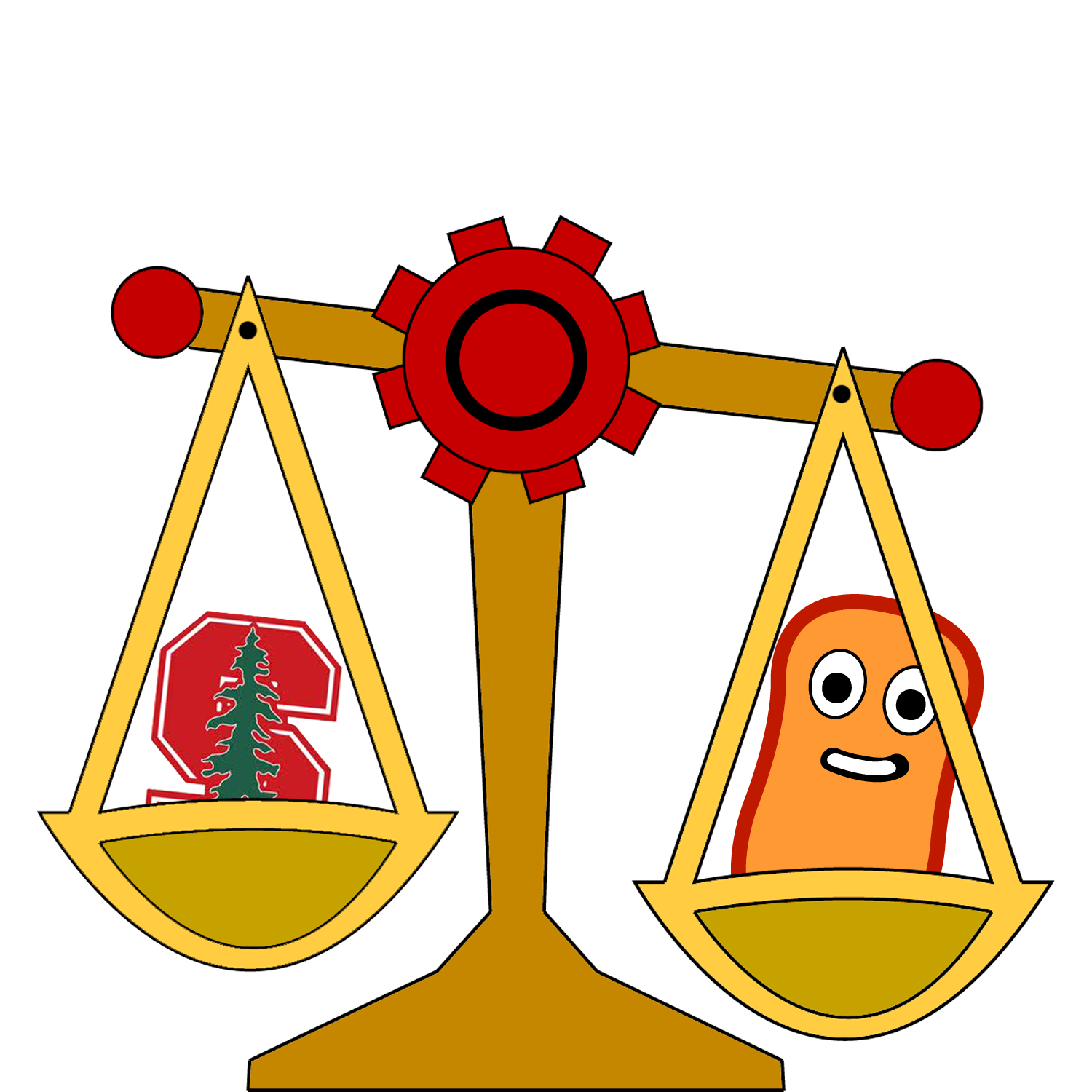Team:Stanford
From 2010.igem.org
| Line 2: | Line 2: | ||
<div class="contents"> | <div class="contents"> | ||
<!-- This is a comment. Don't edit above this line --> | <!-- This is a comment. Don't edit above this line --> | ||
| + | |||
[[Image:sigemhome.png|center|719px]] | [[Image:sigemhome.png|center|719px]] | ||
Revision as of 05:03, 26 October 2010

| Home | Project | Applications | Modeling | Parts | Team | Notebook |
Contents |
Welcome to the Stanford team Wiki for iGEM 2010
Stanford iGEM is a student-run, faculty-directed research group at Stanford University. The objective of our interdisciplinary group is to design and build novel engineered biological systems using standardized DNA-based parts to submit to the iGEM (International Genetically Engineered Machines) competition, held annually at MIT. Our research draws from the principles of synthetic biology, an emerging interdisciplinary and multidisciplinary area that involves the design and construction of biological systems. Here is our 2010 team profile.
If you are looking for our winning 2009 project, check out our old site.
Our Project: EscheRatio Coli!
This year our team created a new tool for the synthetic biologist's toolkit: a system to allow E. coli to sense the ratio of two different chemicals in its environment and produce a protein output based on that ratio.
We are implementing two different ratio sensor designs:
- an sRNA-based sensor that reports the relationship between the present ratio of the chemicals and a single desired ratio via the presence or absence of signal
- a kinase-phosphatase sensor that reports the exact ratio via the intensity of the signal
Why Ratios?
Ratios run the biological world, from the complex functions of the Circadian cycle to minute stoichiometric interactions. And yet synthetic biologists have so far had no way of utilizing chemical ratios as means of controlling cell behavior. Until now.
With the Stanford 2010 team's ratio sensors, synthetic biologists will be able to create more responsive genetic machinery capable of solving all sorts of problems. Why not take a look at a few examples on our Applications page?
 "
"

